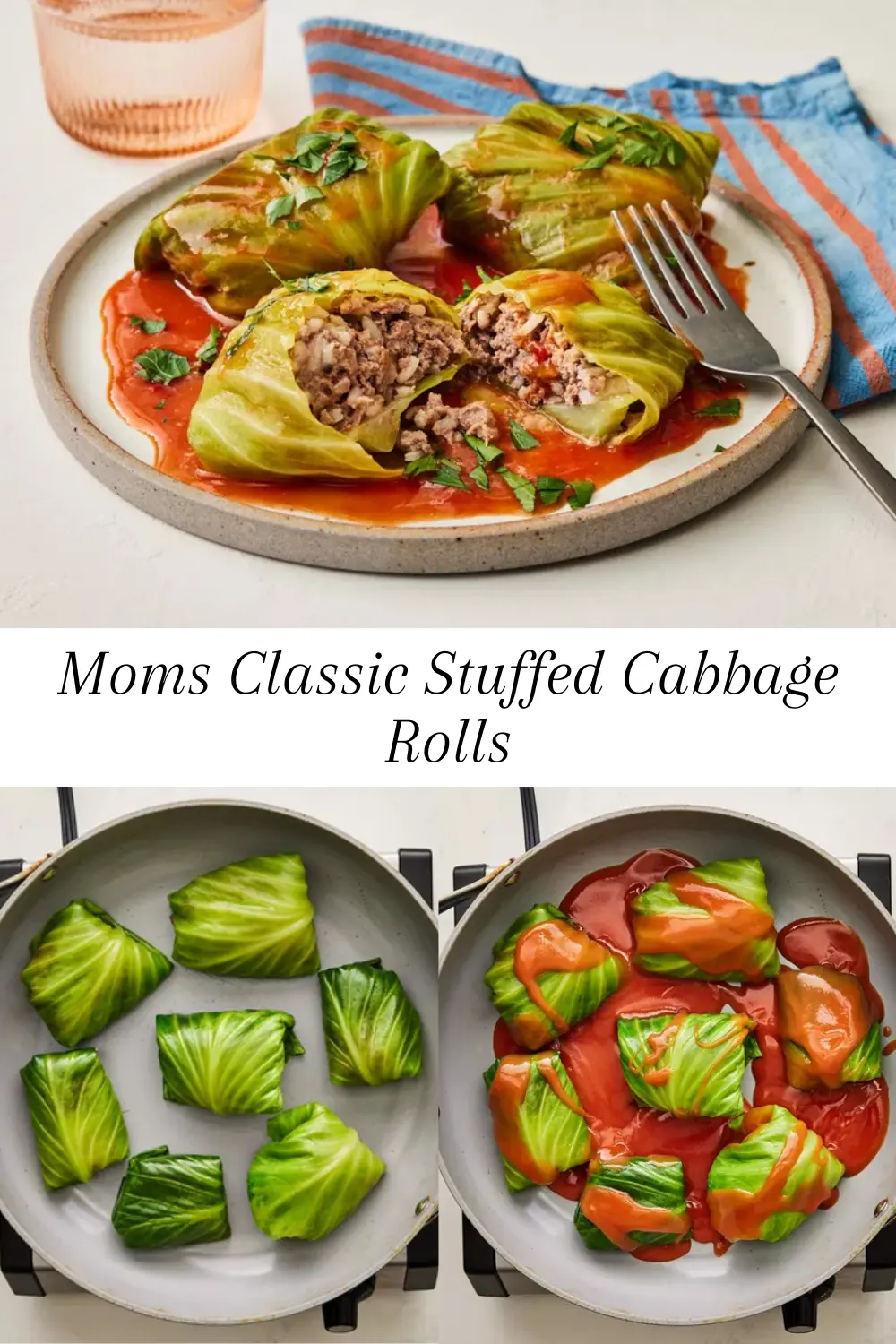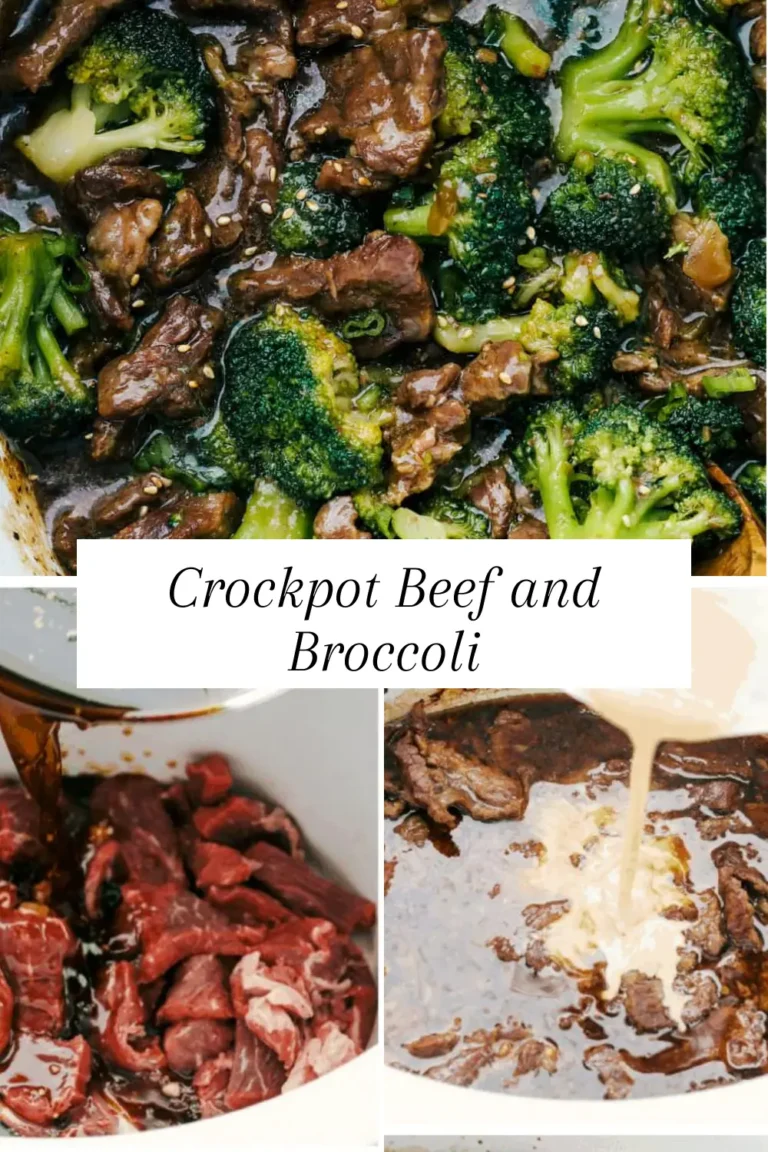Moms Classic Stuffed Cabbage Rolls
Mom’s classic stuffed cabbage rolls hold a place of honor in many kitchens, evoking enchanting memories of family gathering around the dinner table. This timeless dish represents more than just a meal; it is a heartwarming tradition passed down through generations. Many will recall the aroma of seasoned meat and rice tucked within tender cabbage leaves wafting through the house, a precursor to joyful feasts shared with loved ones.
The roots of this cherished recipe often trace back to our grandparents or even further, each rendition lovingly polished with personal touches. For some families, the act of making stuffed cabbage rolls is more than merely assembling ingredients; it involves a ritualistic process of bonding. Young children learn the art of wrapping the rolls under the gentle guidance of their parents or grandparents, their tiny hands carefully cradling the savory filling, ensuring that each roll is crafted with care. This nurturing process often transmits values of love, togetherness, and tradition, creating a bridge between generations.
As we savor the flavors of mom’s classic stuffed cabbage rolls, we are transported back to moments filled with laughter, storytelling, and connection. For many, this dish forms the centerpiece for holidays or gatherings, where stories are shared, and memories are forged. Food has a unique ability to evoke nostalgia, conjuring images of family members who may have been lost but remain alive in our hearts through these culinary traditions.
Ultimately, the legacy of mom’s stuffed cabbage rolls enriches our lives, reminding us of the love and effort that goes into family recipes. These cabbage rolls are far more than a meal on a plate; they are a cherished symbol of home, reflecting the warmth and unity that is often felt during family gatherings. This heartwarming connection ensures that the roll not only nourishes the body but also the soul, continuing to be a beloved dish for generations to come.
The Perfect Cabbage
When it comes to creating mom’s classic stuffed cabbage rolls, the choice of cabbage is crucial as it serves as the foundation for this beloved dish. The ideal cabbage for stuffed rolls is the green cabbage variety, known for its tender leaves and mild flavor. It is essential to select a head that is heavy for its size, with tightly packed leaves, which indicates freshness. Avoid any cabbages with brown spots or wilting leaves, as these may compromise the overall quality of your rolls.
Once you have chosen the perfect cabbage, the next step is preparing it for cooking. Begin by removing any external damaged leaves, which may affect the integrity of the rolls. To soften the leaves, immerse the whole head of cabbage in boiling water for a few minutes. This process will help separate the leaves without tearing them. After boiling, carefully remove the cabbage from the water and let it cool for a moment before peeling off the individual leaves. You may need to trim the thickest part of the stem on each leaf, allowing for easier rolling and folding.
In addition to the cabbage, the filling plays a vital role in enhancing the flavor of these classic rolls. A delectable mixture generally consists of ground meats—such as beef, pork, or turkey—combined with cooked rice and seasoned with various spices, including salt, pepper, and herbs. Pre-cooking the rice is crucial, as it prevents excess moisture from developing during the baking process, which could lead to soggy rolls. Each component of your filling contributes to the savory profile of the dish, ensuring that every bite is a harmonious blend of flavors. Understanding these critical steps not only equips you with the knowledge to assemble your stuffed cabbage rolls but also immerses you in a family tradition that is cherished by many.
Mastering the Art of Stuffing and Rolling Cabbage
Assembling moms classic stuffed cabbage rolls is a cherished process that combines skill, creativity, and a touch of family history. To start, you’ll need to choose your cabbage wisely; large, tightly packed heads are ideal for creating the perfect leaves. Carefully boil the whole cabbage until the outer leaves soften, making them pliable and easier to work with. Once you peel each leaf away, you can begin the joyful task of stuffing.
The filling is a vital aspect of your cabbage rolls, often consisting of a mix of ground meat, rice, herbs, and spices. As you prepare your filling, remember that balance is crucial. Too much filling may lead to exploding cabbage rolls during cooking, while too little may leave them lacking in flavor. A general guideline is to use about two tablespoons of filling for smaller cabbage leaves and up to four tablespoons for larger ones.
When it comes to rolling, position the leaf with the stem end facing you. Place the filling near the base of the leaf, fold the sides over, and then roll from the bottom up, ensuring a snug fit. Utilizing a toothpick or a piece of kitchen twine can help secure the roll, preventing any ingredients from spilling out during cooking. Many seasoned cooks recommend practicing with a few extra leaves to perfect your technique, as repetition is key to mastering the process.
Don’t hesitate to customize your stuffing according to your family’s preferences or dietary restrictions. Incorporating different grains or adding vegetables can make the recipe unique to your household. Remember that the most delightful aspect of making moms classic stuffed cabbage rolls is sharing the experience with loved ones, creating not just a meal, but a cherished tradition.
The Comfort of Baking
The baking process of moms classic stuffed cabbage rolls holds a special place in the hearts of many, as it not only creates a delicious meal but also fosters a sense of warmth and nostalgia. To achieve that perfect balance of tenderness in the cabbage and depth of flavor throughout the rolls, it is essential to create the ideal environment for slow cooking. Preheating your oven to the appropriate temperature is crucial; a setting of 350°F allows the cabbage leaves to soften gradually while the filling melds with the robust tomato sauce.
Once your rolls are tightly packed in the baking dish, it is important to layer them generously with sauce. This layering helps to infuse the flavor through and through, ensuring that each bite offers a delightful burst of taste. Depending on your preference, you can opt for variations of the classic recipe, such as adding different herbs or spices, switching up the meat, or incorporating grains. This flexibility encourages culinary creativity, allowing individuals to personalize the dish while still honoring the traditional essence of stuffed cabbage rolls.
As the rolls bake, the aroma fills the kitchen, inviting family and friends to gather and share in the anticipation. The emotional connections forged during this preparation are invaluable. Visualize the moment when the rolls are pulled from the oven; the anticipation brings family around the table, fostering an atmosphere of love and warmth. Each serving not only satisfies the palate but also nurtures relationships, creating memories that last a lifetime. The joy of sharing comfort food, particularly something as heartfelt as moms classic stuffed cabbage rolls, transcends the meal itself, making it an integral part of family traditions.
Ingredients
- 1 large size head cabbage (about 3–5 pounds)
- 1 lb ground beef (or 1 1/2 lbs if not using pork)
- 1/2 pound ground pork (omit if using all beef)
- 1 medium onion, chopped small
- 3 teaspoon minced garlic
- 1 teaspoon kosher salt
- 3/4 teaspoon ground black pepper
- 1 teaspoon parsley flakes
- 2 eggs
- 1/4 cup ketchup
- 2 tablespoon tomato paste
- 1 1/2 cups cooked, cooled white rice
- 3 10.75 ounce cans tomato soup (if using a deep dish pan with a 3” side use 4 cans)
Instructions
Prepare the cabbage
- Remove core from cabbage. Place whole head in a large pot filled with boiling, salted water. Cover and cook 3 minutes, or until softened enough to pull off individual leaves. If the leaves do not pull off easily, return the cabbage to the pot to boil a minute or two more. When the leaves are cool enough, use a paring knife to shave away the thick center stem from each leaf, without cutting all the way through.
Make the meat mixture
- In a large bowl, add the ground beef, pork, rice, onion, garlic, salt, pepper, eggs, ketchup, tomato paste, and parsley. Mix gently to combine. Add in 2/3rd of a can of tomato soup (almost 3/4 of a cup) and mix.
Assemble the cabbage rolls
- To stuff the leaves lay down a single large leaf with the cut edge facing you (where the stem was) and place about a 1/2 cup of the meat mixture in the lower third of the leave. If the leaf is huge add more, if smaller add less meat. Fold the sides of the leaf over the meat and roll the cabbage up (like rolling a burrito). Repeat until all of the leaves are stuffed. If you have extra meat just roll it up as meatballs and place it in the baking pan with the stuffed cabbage.
Prepare to bake
- Preheat oven to 350F, rack in the center.
- In a large deep dish (4” at least) baking pan (or two 9×13” glass pans), spread out the remaining soup from the open can on the bottom of the pan. Open up a 2nd can pour out 1/2 of it and spread it out until the bottom of the pan is covered in a light coating.
- Place a single layer of stuffed cabbages on the bottom of your pan. Add the remaining half of the 2nd can of tomato soup. If you have leaves that are too small to stuff or are badly torn, add them on top of the soup.
- Add the 2nd layer of stuffed cabbage (you must make sure you have a 1/2” gap at the top of your pan and stuffed cabbage. It cannot go over the top of the pan. Top with the remaining can of tomato soup and spread out evenly.
- Spray the underneath of a large piece of foil. Place foil side down on the pan (0vertop of the cabbages) and close tightly around the dish. Place the pan on a larger cookie sheet to catch any spillovers.
- Bake for 3 – 4 hours or until the cabbage is tender when pierced with a knife. (I start to check mine after 2 hours 45 minutes).
- Remove from the oven, uncover, and allow to cool for 15 minutes before serving.







